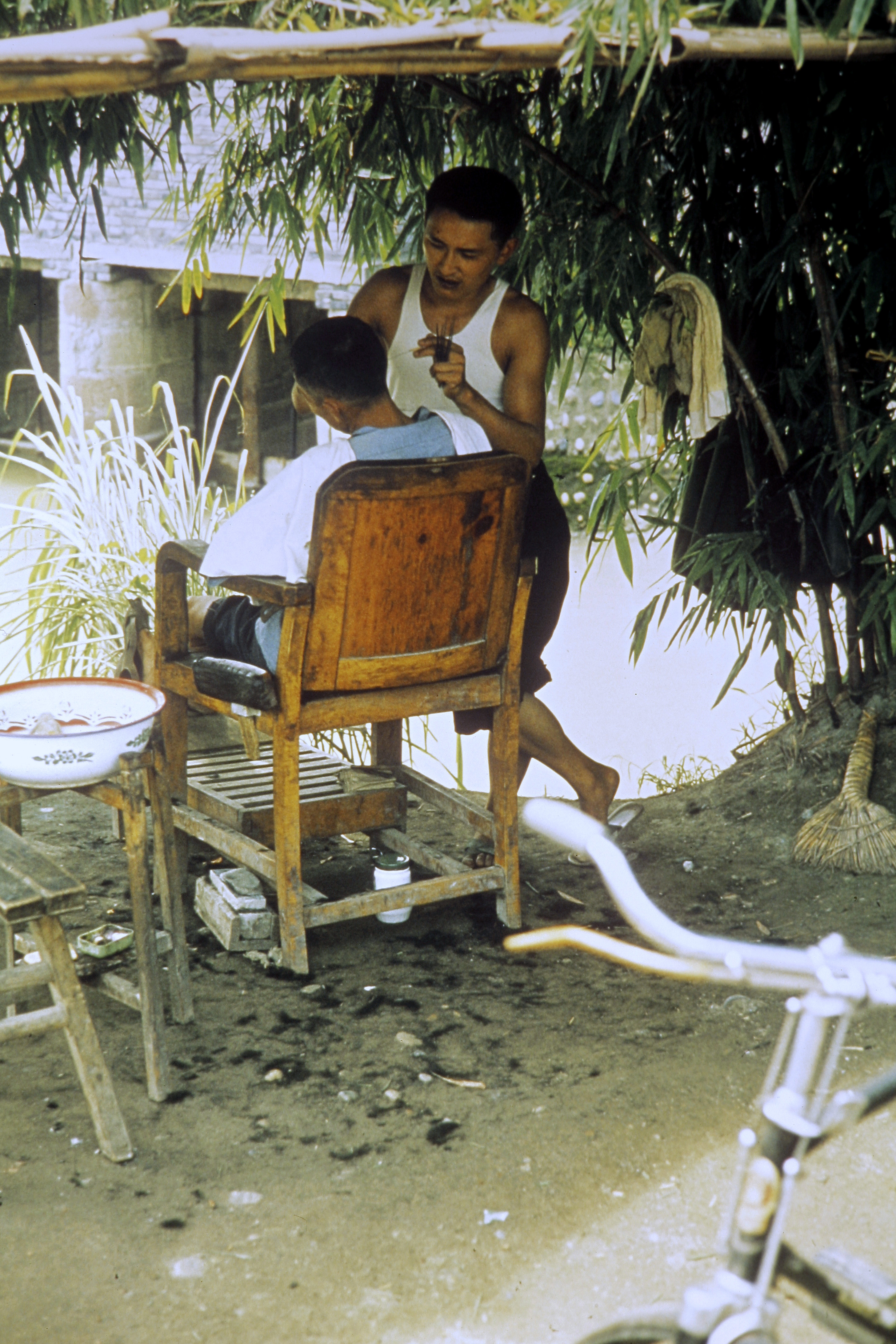August 1980, Chengdu
Originally shared by motohakone on Flickr under the C BY-NC-SA 2.0 license. I did not modify or edit any of the images you’re about to view. Without further ado, take a look at these old Chengdu photos.
You're about to view more than 100 photos in high quality!! Please bear the loading time and scroll down slowly.
In these days only groups were allowed to travel in China. - motohakoneJust uploading here because Flickr is blocked in China and I'm thinking to share these images with my family in Chengdu.
New to Chengdu? Join This Facebook Group
Anlan Bridge
People have walked across the Anlan Bridge for 1,700 years. Rope made from bamboo, itself a form of grass, was used to hang the Anlan suspension bridge inDujiangyan, first constructed about A.D. 300. The bridge spans the 1,000-foot wide Min River, using piers that support eight sections of cable to do so.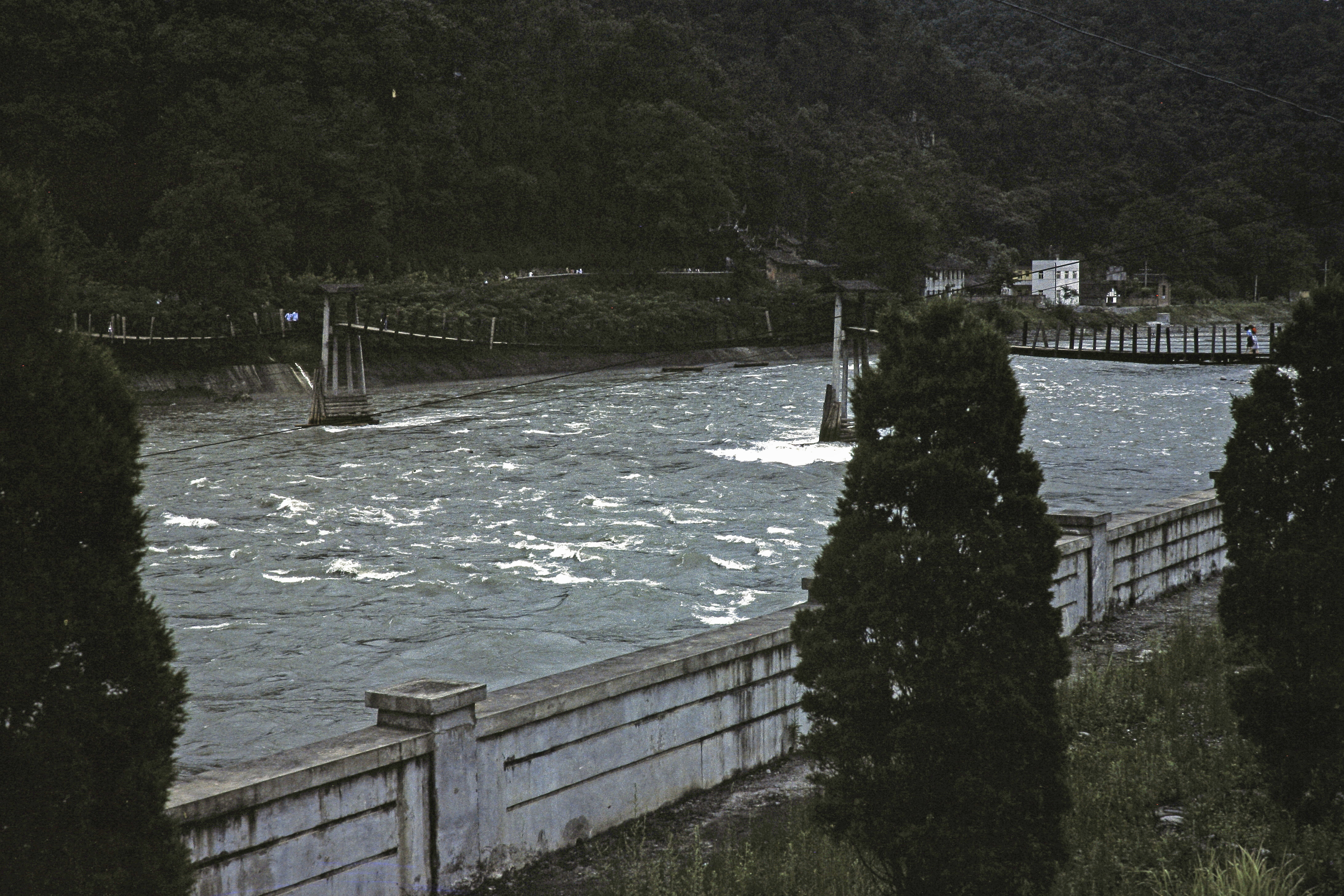
Until steel cables were used in 1975, the Anlan suspension ropes were made of shredded bamboo twisted into cables, like hemp ropes are.

Next up, Baoguang Temple
Located at Baoguang Street in Chengdu's Xindu District, covers an area of 100,000 square meters and is a Zen Buddhist Monastery with a long history and housing numerous cultural treasures. The temple was founded as early as the Eastern Han Dynasty (25-220 AD) and gained a great reputation during the Kaiyuan Years of the Tang Dynasty (713-741 AD).










Look what he's carrying!

Mobike? Cool story bro...





Chengdu Tourist Map from the 80s
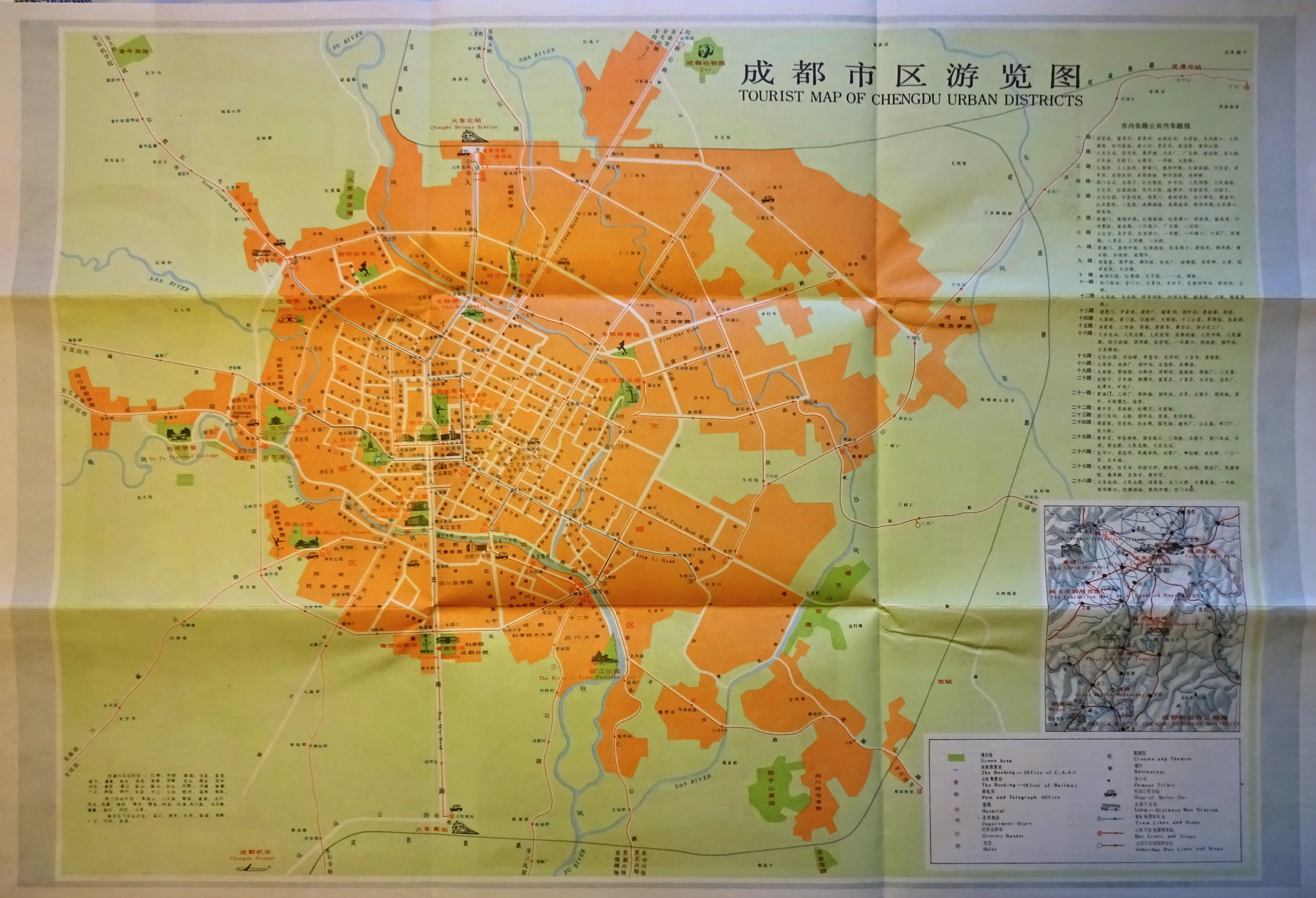
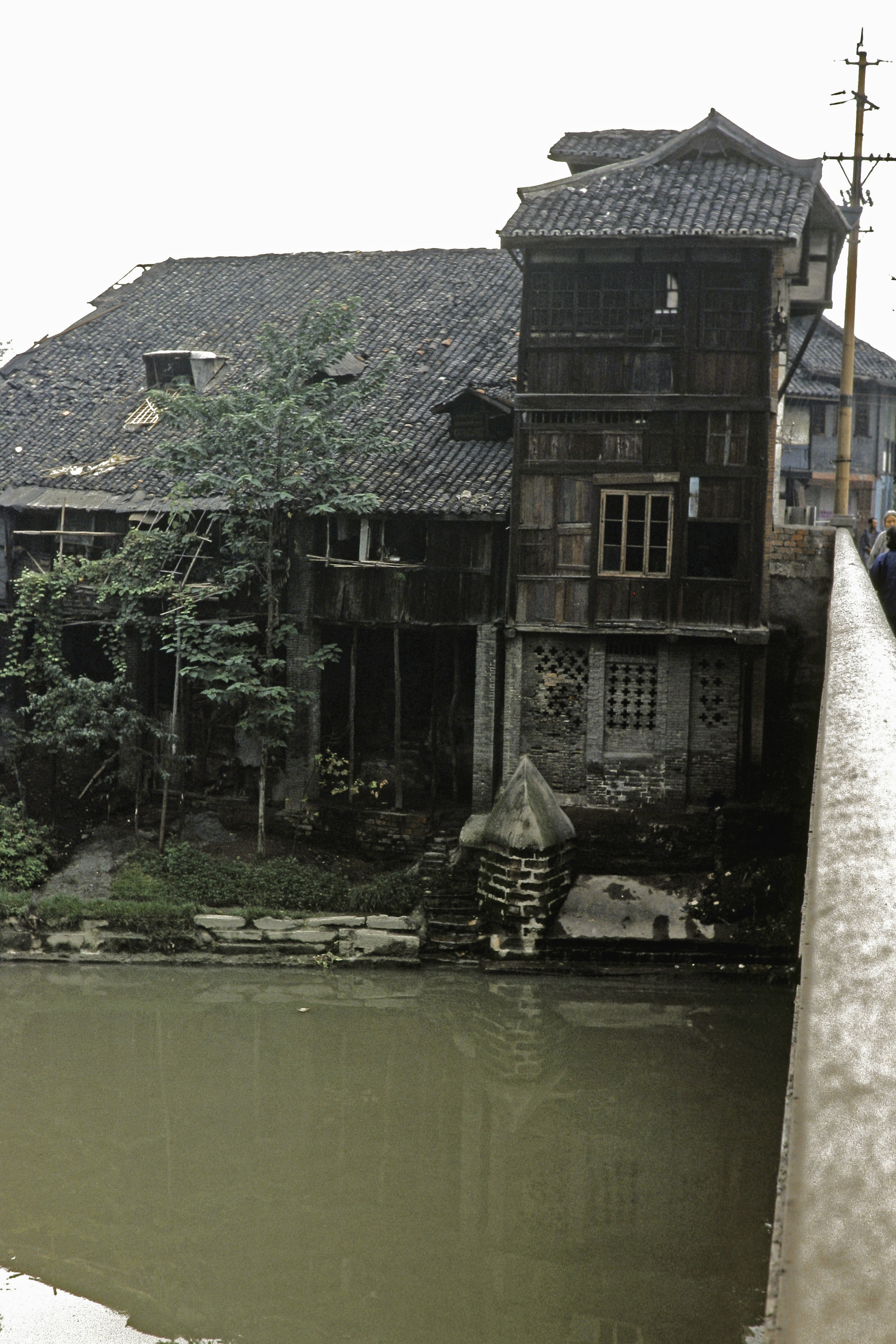
Street Market




Look, a foreigner.

Just curious.


Du Fu Thatched Cottage
Du Fu's Thatched Cottage (杜甫草堂) is a 24-acre (97,000 m2) park and museum in honour of the Tang Dynasty poet Du Fu at the western outskirts of Chengdu, adjacent to the Huanhua Xi (Flower Rinsing Creek). In 1961 the Chinese government established Du Fu Cao Tang as a National Heritage site.





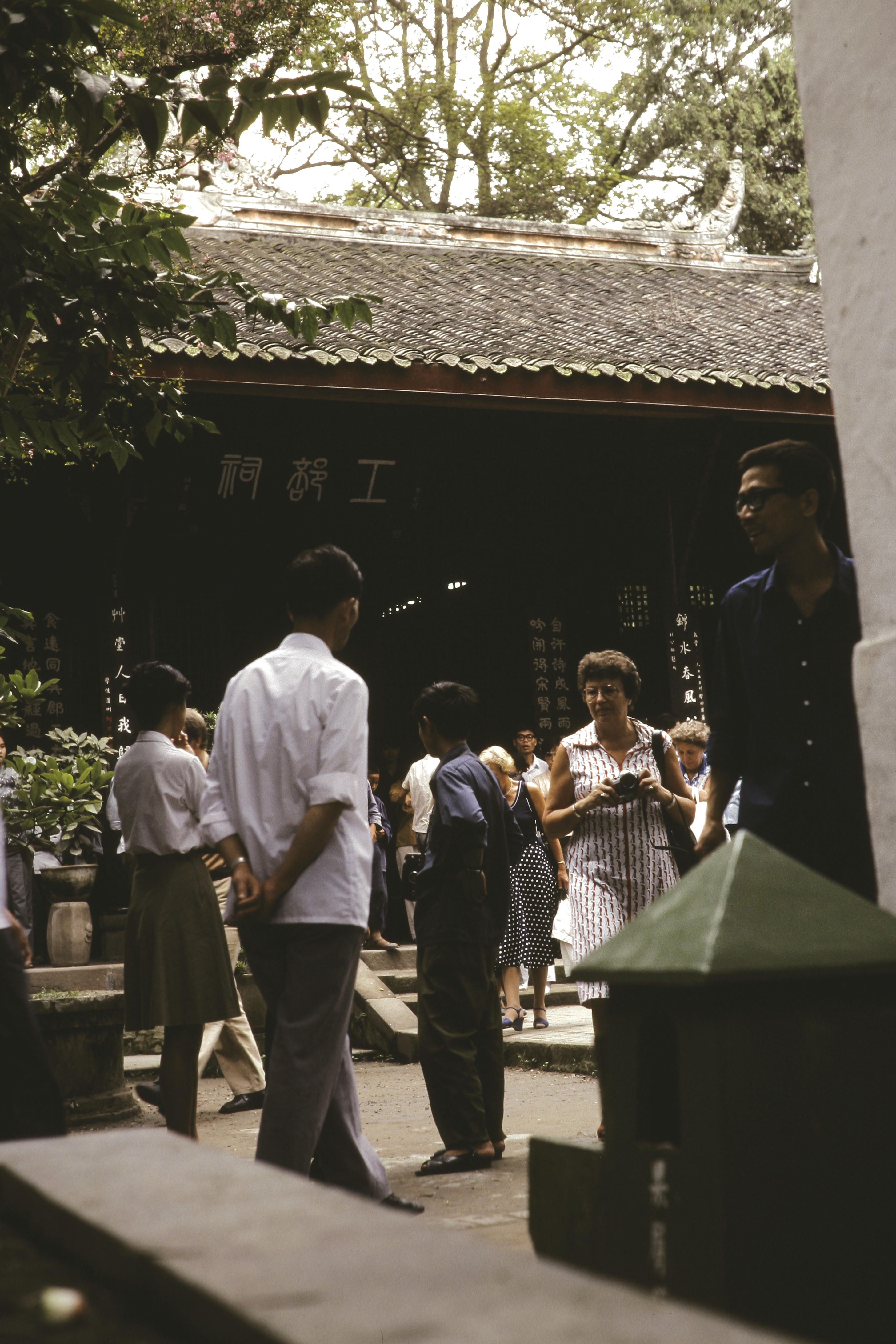












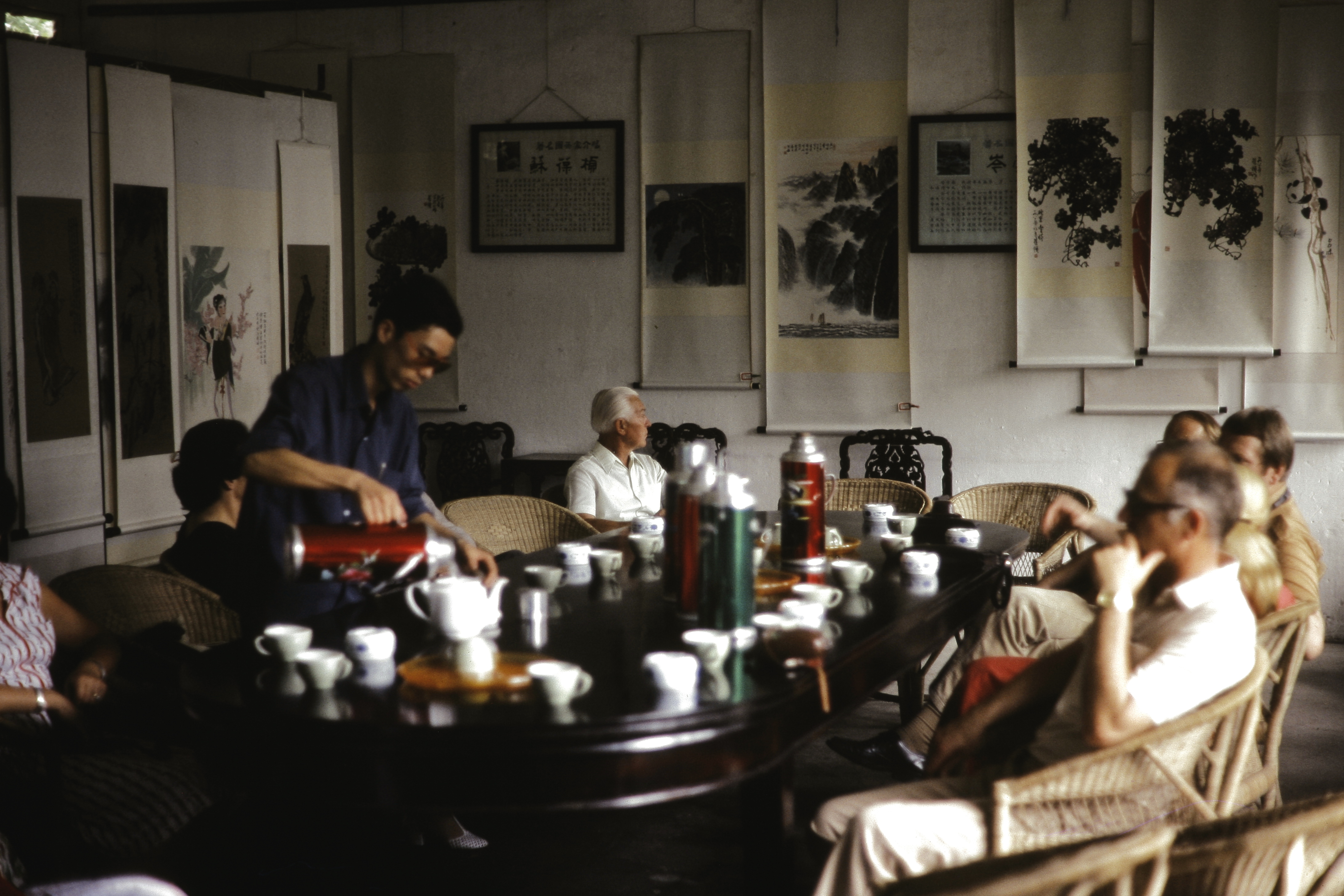
Dujiangyan Irrigation System
Dujiangyan Irrigation System is the oldest and only surviving no-dam irrigation system in the world and is important in draining off flood and to irrigating farms, and providing water resources for more than 50 cities in the province.



Erwang Temple
Erwang Temple is a historical site built to commemorate Li Bing and his son, who made remarkable contributions to the construction of world-famous Dujiangyan Irrigation System. Located on a mountain on the right bank of the Minjiang River, this temple is an integral part of Dujiangyan's cultural heritage.
The architecture of the temple is heavily influenced by the style of the Qing Dynasty (1644-1911), with the whole temple complex environment designed to preserve a sense of beauty and quiet serenity.
New to Chengdu? Join This Facebook Group

Engraved on the walls of the temple are many Chinese characters commemorating the experiences of learning to master water-control techniques, with those segments written by Li Bing among the most valuable.
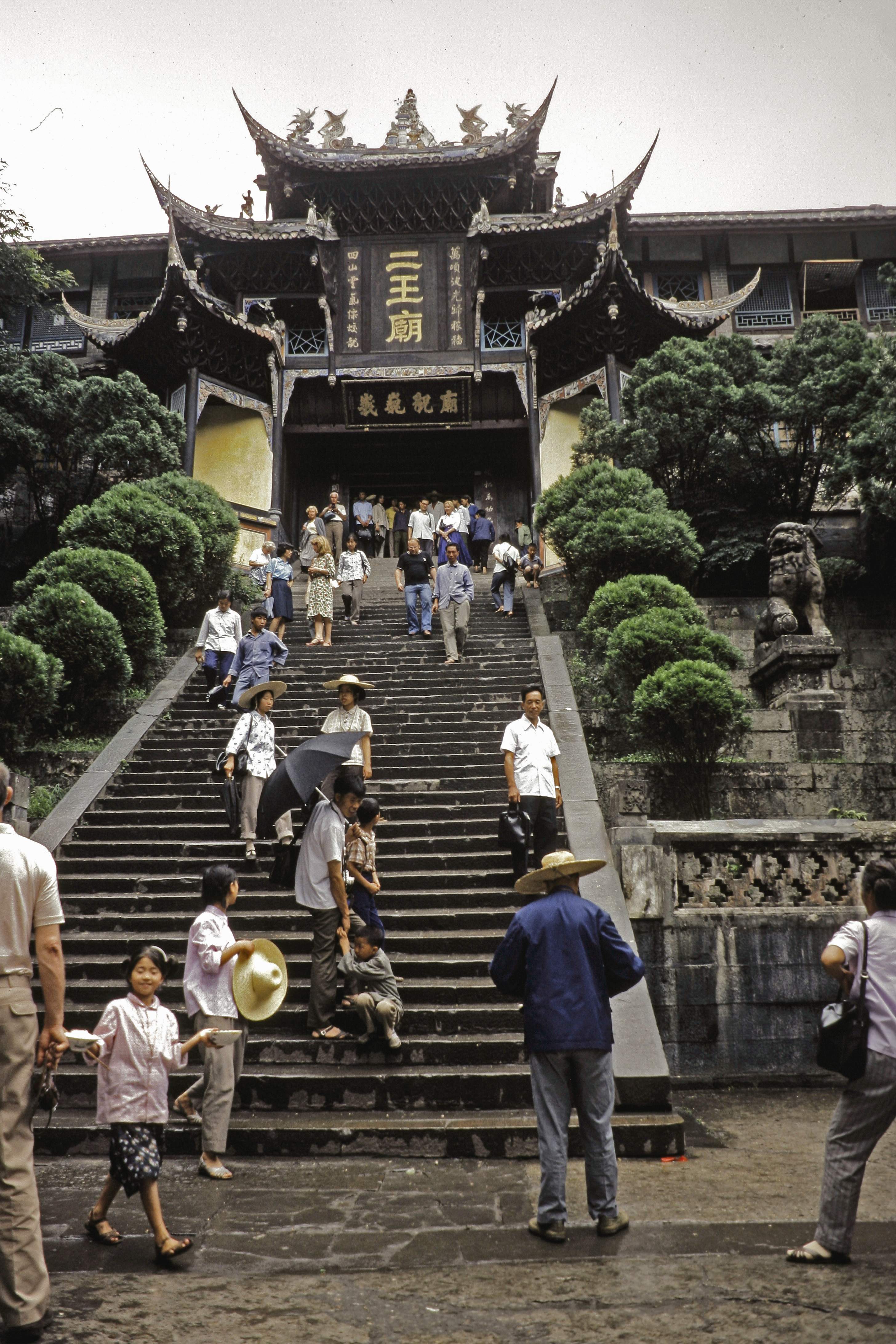
Further on in the Grand Hall are impressive statues of Li and his son, which are visited by locals regularly to convey their respects.


The local people here have held memorial ceremonies for Li and his son for 2,200 years. Burning a stick of incenseis the most common way visitors show their admiration and respect for the two immortalized heroes, and hence, one encounters the striking smell of incense from the moment you step into the temple.
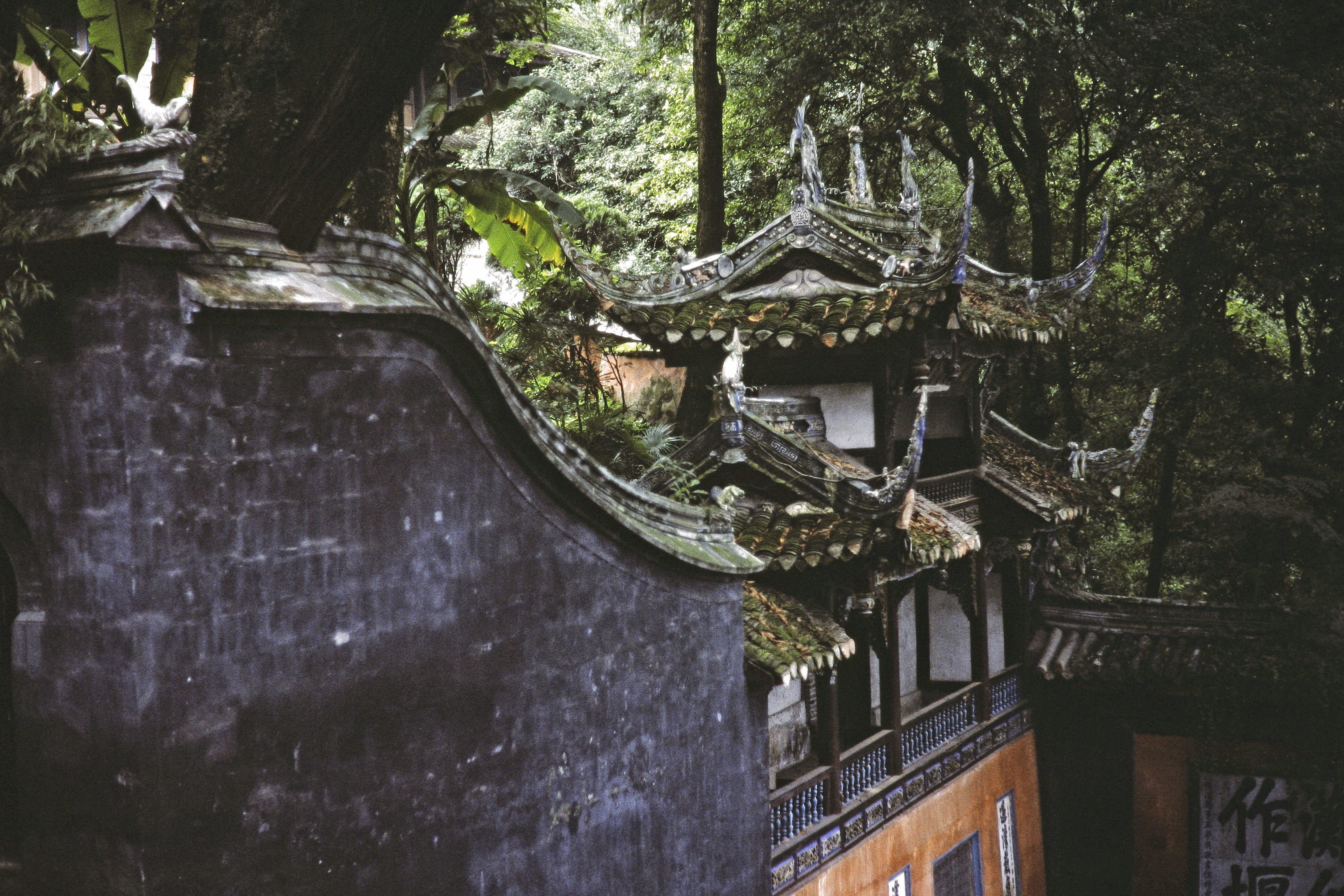
Farm Houses


Food Stall

What was I thinking...

Giant Panda doing himself an angery
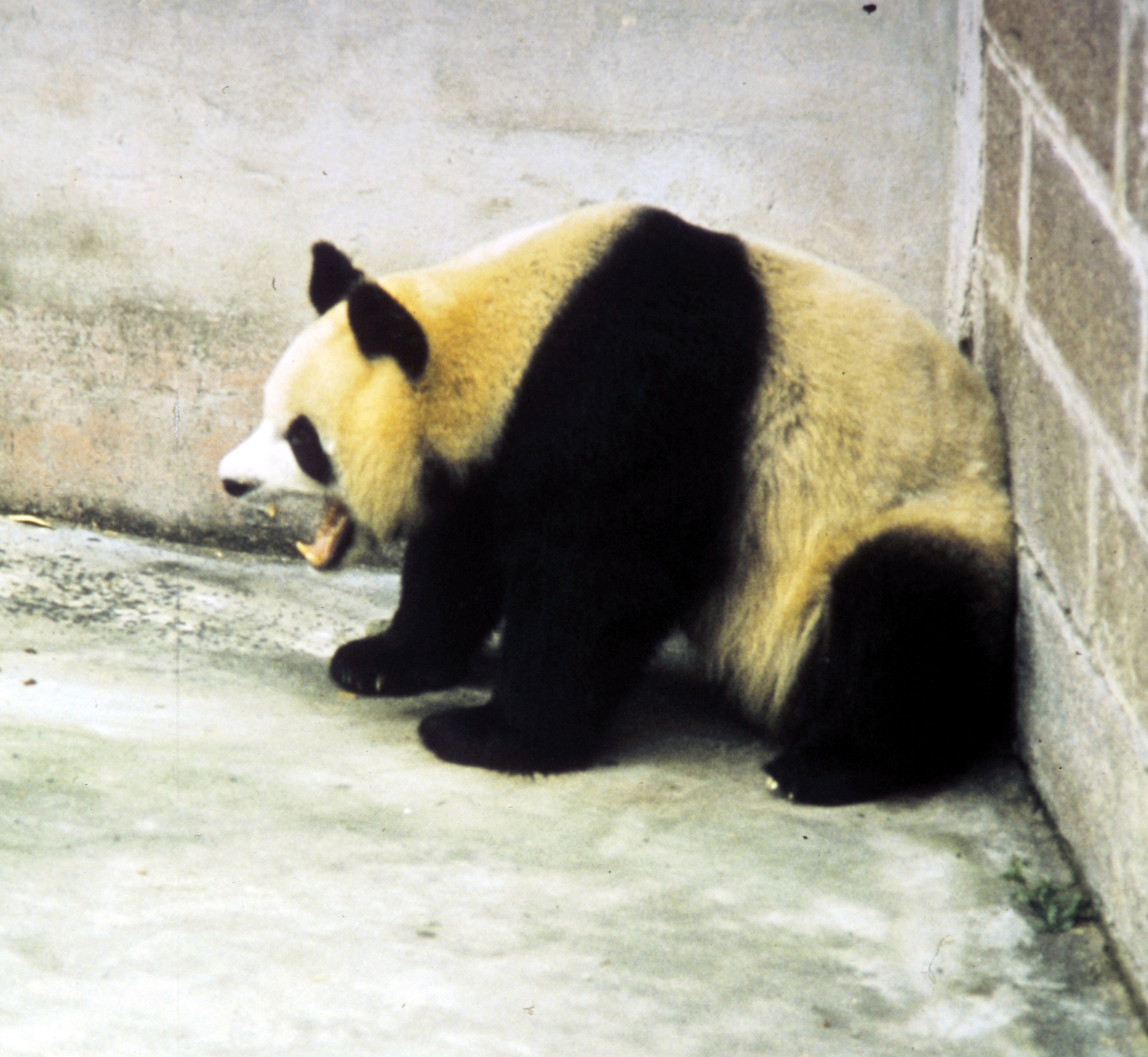




A great snap!

Mao Zedong visiting the Dujiangyan Irrigation System








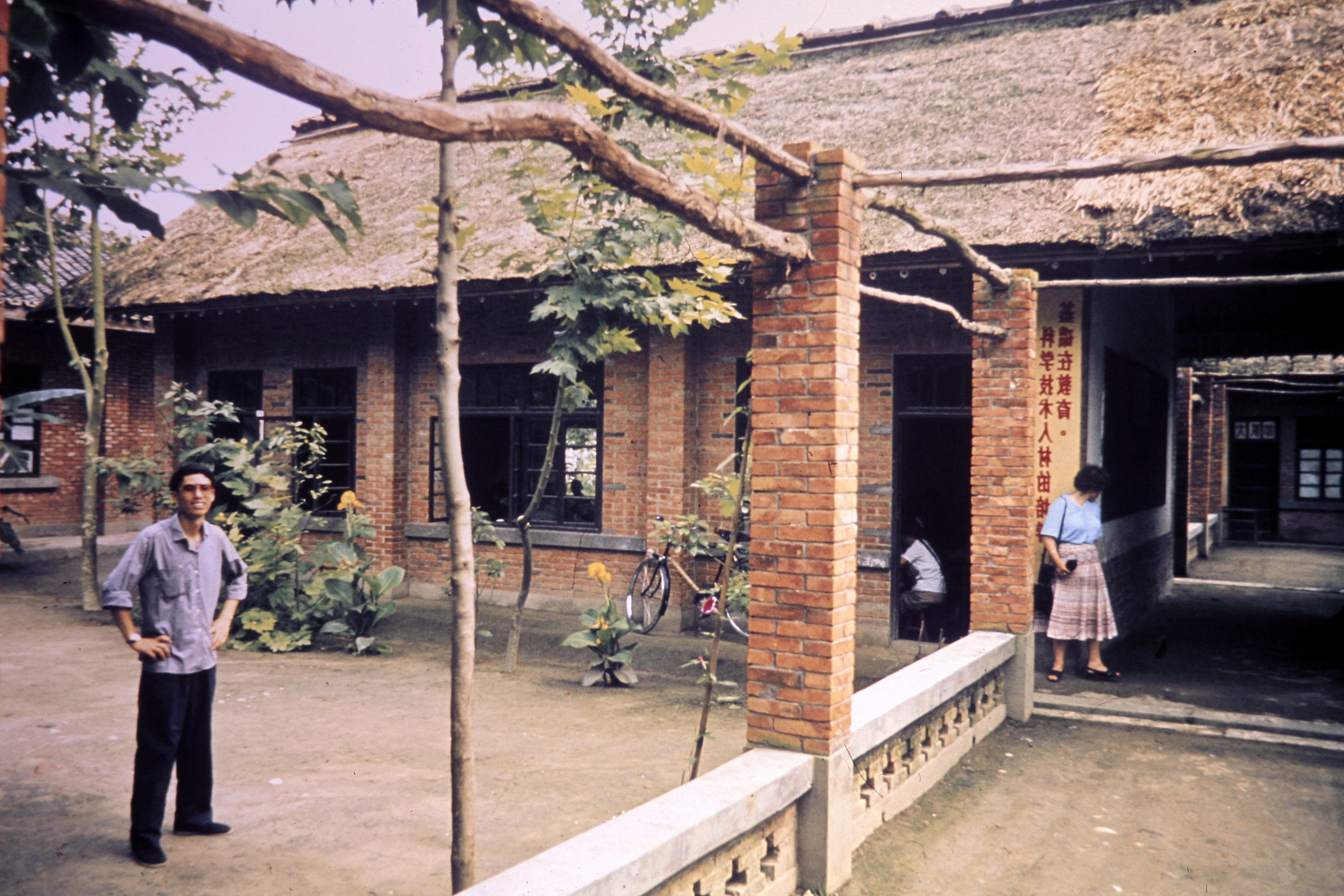








New to Chengdu? Join This Facebook Group




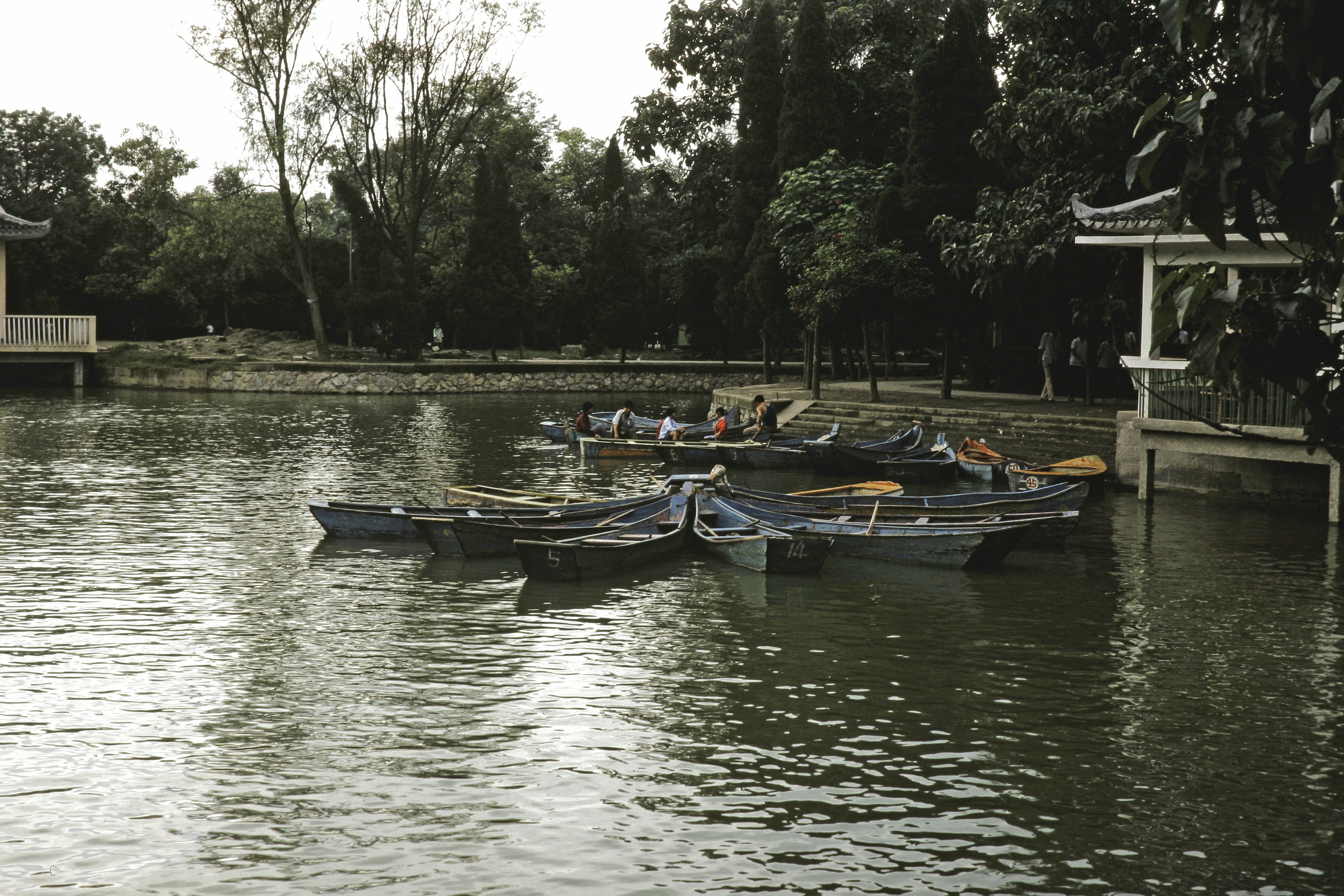



Another angery boi (Red Panda)
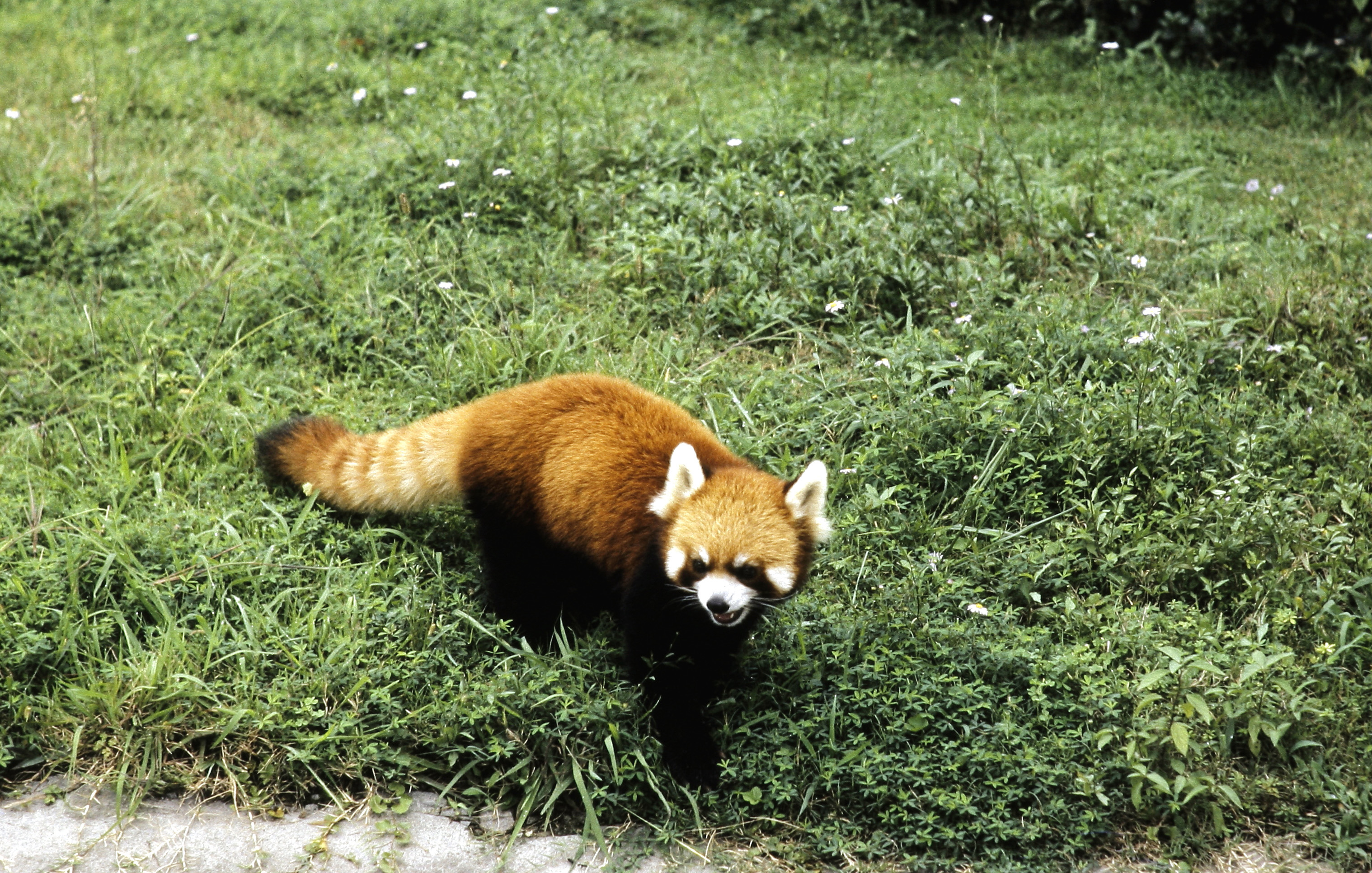






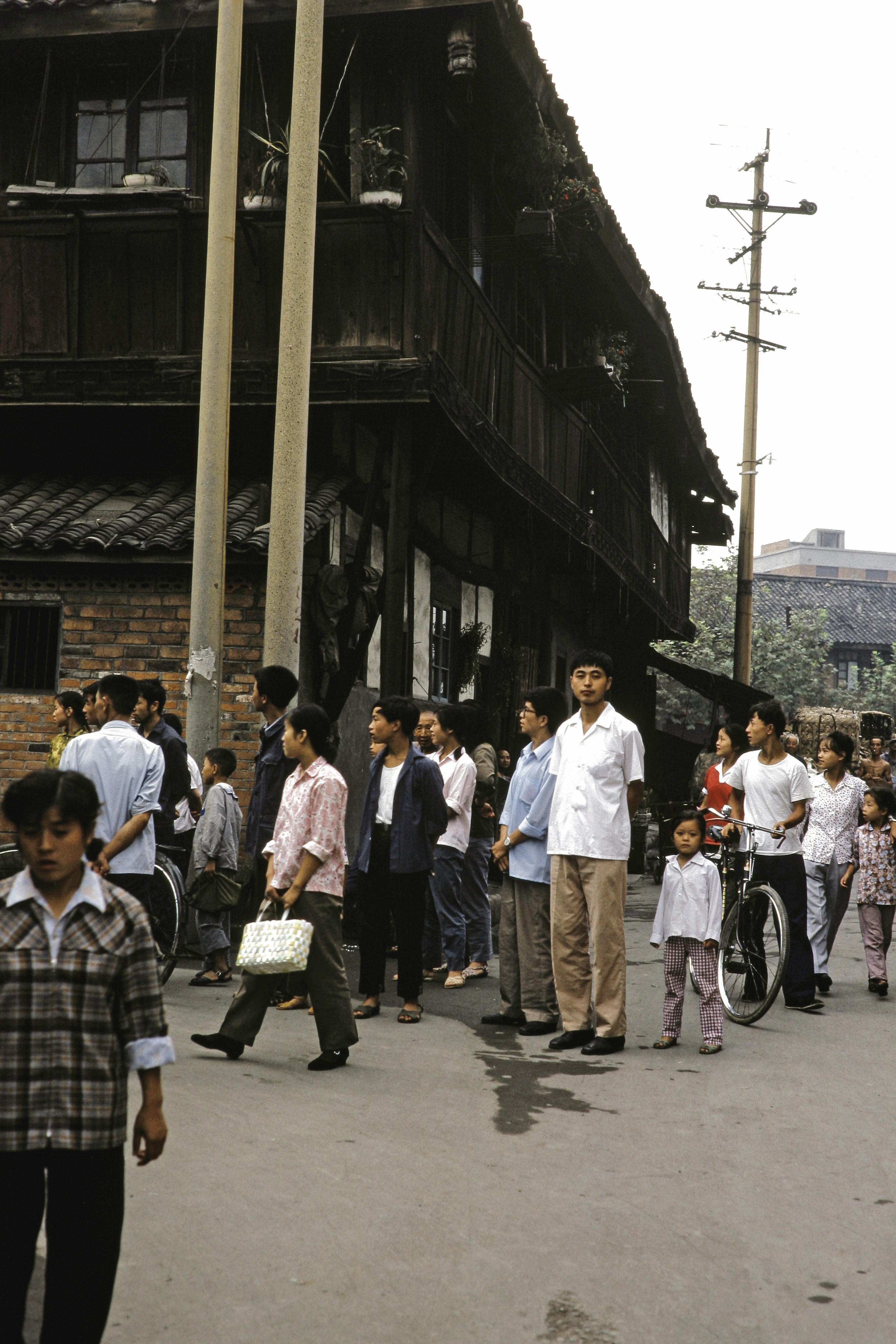




Xindu District
Xindu District is one of nine districts of Chengdu, the capital of Sichuan province, China, covering part of the northern suburbs. It borders the prefecture-level city of Deyang to the north.New to Chengdu? Join This Facebook Group





